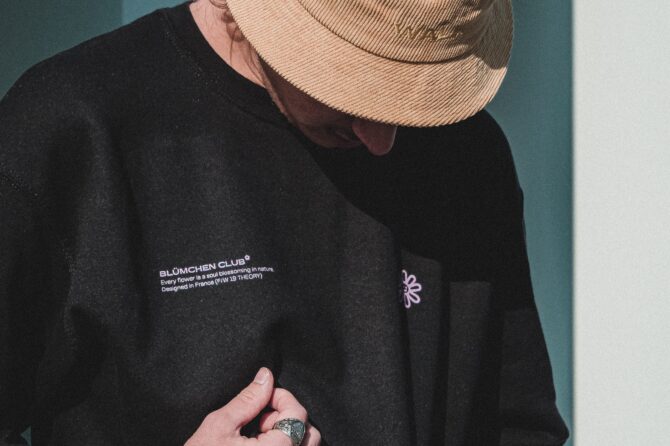
Social Perception After Facial Paralysis
Recently, celebrity Justin Bieber announced that he was suffering from facial paralysis due to a condition called Ramsay Hunt syndrome. In his viral video, Bieber is seen with partial right-sided facial paralysis, unable to fully close his right eye or achieve a symmetric smile. As facial paralysis and asymmetry can have significant cosmetic and functional consequences, one’s quality of life can be severely impacted. To understand the psychological impact of facial paralysis, it is important to understand the causes, how the condition impairs our ability to express emotions, and the treatments available for those affected.
Potential causes of facial paralysis
There are a number of situations in which facial paralysis can result, with the most common being congenital, traumatic, or due to an infection. According to the National Institute of Health, Bell’s palsy is the most common cause of facial paralysis, and it results from inflammation of the facial nerve, which controls the muscles of facial expression. Bell’s palsy is also known as Acute Idiopathic Facial Paralysis, meaning that the cause is uncertain.
Ramsay Hunt syndrome is another condition that can result in facial paralysis and is associated with ear pain and the presence of vesicles in and around the ear, face, and inside the mouth. Additional symptoms in the ear can occur with the spread of inflammation, including hearing loss, vertigo, and/or ringing. In some cases, Ramsay Hunt can occur without the hallmark vesicles or rash. This condition is called Zoster Sine Herpete.
Ramsay Hunt syndrome is caused by the varicella-zoster virus, the same virus that causes chickenpox and shingles. After having chickenpox, the virus can lay dormant in the body and can lead to facial paralysis when the facial nerve is affected. Even patients who have been vaccinated against chickenpox have most likely been exposed to the virus at some point in their lives, which allows the virus to sit dormant in their nerves in the same way as someone who suffered the typical chickenpox illness. Compared to Bell’s palsy, Ramsay Hunt syndrome is considered to have a poor prognosis with more advanced facial paralysis on presentation and a lower chance of full recovery at 1 year.
Effects and consequences of facial paralysis
Facial expressions play an important role in the way we communicate our emotions and how people develop impressions of us. When judging everyday images of strangers’ faces, perceivers notably rely on broad and simple facial cues to create impressions, such as the presence of a smile. The smile is an indicator of approachability and trustworthiness and can be seen as a signal of warmth and approval in many cultures. In addition to the notable facial asymmetry, the loss of a spontaneous smile and the inability to express certain emotions is particularly distressing for patients with facial paralysis.
Many patients describe feeling that they are negatively perceived and experience increased social anxiety, depression, and avoidance behaviors. These findings are in line with the phenomena of affective realism whereby the inability to smile effectively can increase one’s risk for anxiety and depression. In 2020, we published a study that compared the faces of patients with facial paralysis to their simulated pre-paralysis facial appearance. What we found was that smiling photos of patients with facial paralysis were perceived as significantly less likable, trustworthy, attractive, and feminine/masculine. These findings suggest that a social penalty exists with facial paralysis in addition to the potential changes in mood.
Treatment options
Current guidelines for the treatment of acute facial paralysis thought to be due to Bell’s palsy or Ramsay Hunt syndrome include the simultaneous use of high-dose corticosteroids and antiviral medications to help reduce the inflammation of the facial nerve. For patients who are unable to close their eyes due to the condition, proper eye care is of utmost importance. In addition, we routinely refer patients for facial physical therapy to help promote recovery and reduce the risk of fibrosis that can occur from immobility.
It is important to highlight that there are certain measures that people can take to help reduce their chances of developing Ramsay Hunt syndrome. In particular, vaccination against shingles with the Shingrix vaccine is recommended by the CDC for individuals over the age of 50 to help boost antibodies against the varicella-zoster virus. For individuals over the age of 50 who have not had the vaccine, we recommend discussing this at your next appointment with your primary care physician.
Overall, psychological distress from facial paralysis is thought to be a significant predictor of social disability. Prompt evaluation after symptoms present and treatment by a facial paralysis expert can help improve the chances of recovery. Even for patients with long-term facial dysfunction, seeking care from a facial plastic surgeon can mitigate the symptoms of a long-standing disease.
Read the original article, co-authored by Dr. Amir Hakimi, on Psychology Today.
